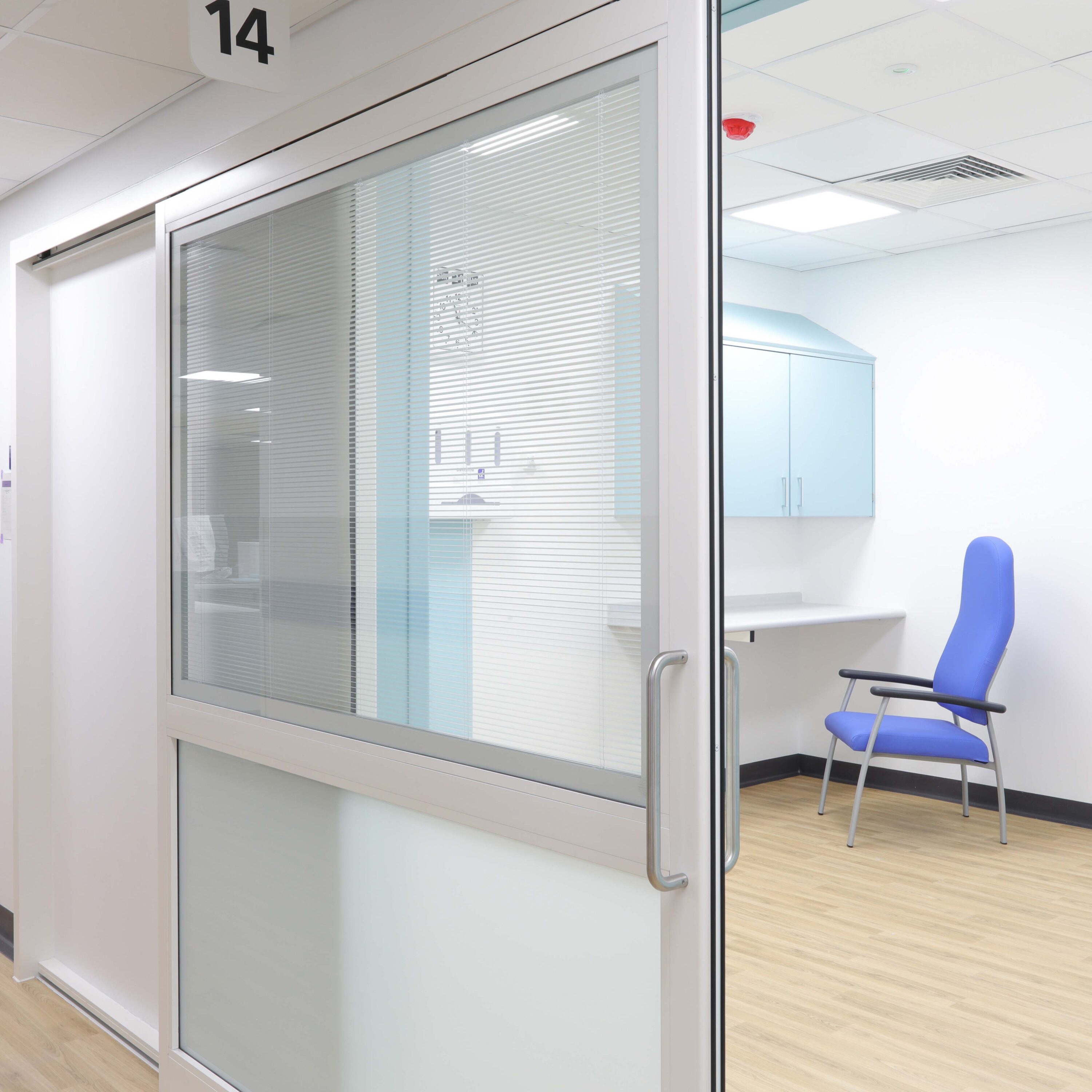In recent years, two initiatives, directly or indirectly, have headlined the healthcare infrastructure and construction conversation: improved infection control and modern methods of construction (MMC). The former is no newcomer; nursing students were making observations on patient flow and infection control in 1887. The COVID-19 pandemic, however, has provided fresh impetus to the subject in recent years and developed the conversation around designed-in infection control within the built environment. The latter, whilst it seems we have been talking about it for years, is relatively new and on an ever-steepening trajectory of adoption within healthcare construction. The point of intersection between these two trends, however, has not been discussed nearly enough across the industry. How do these two initiatives conflict with each other? And where can they benefit each other? There are challenges and opportunities that need to be addressed by the industry. In attempting to do so, the Hygenius methodology of anticipate, prevent, and destroy is relevant and helpful.
Build a culture of engagement with specialists
One typical challenge is the incorporation of infection control expertise into the design process where projects are undertaken by modular building contractors. The smaller size of these companies combined with their higher level of specialization than a traditional building contractor means that there is often a dearth of knowledge on the implications of infection control at a granular level. Traditionally it is quite normal for the main contractor site team, to be unaware of the advantages seamless surfaces have on infection control. This may mean that non-compliant domestic grade furniture is adopted at the precontact process without a clear understand of the negative impact this has on the functionality and safety of the building and staff, visitors as well as patients. NHS trusts and other healthcare providers could adopt the three step process below to address such a risk.
Anticipate – anticipate the infection risk by developing a rigid performance specification with named material manufacturers that have a track record in healthcare.
Prevent – prevent the infection risk by consulting with manufacturers at an early stage to see how products can meet the budget without contravening its infection control properties.
Destroy – destroy infection by ensuring a flat project structure that encourages innovation around infection control and makes use of the greater flexibility and forward-thinking that is often cultural within modular building contractors and their supply chains.
By implementing this kind of strategy and encouraging this kind of dialogue, challenges such as these can be mitigated – and even turned to points of opportunity – in the battle against infection within modular healthcare buildings.
An opportunity for infection control in MMC lies in off-site manufacture
Off-site manfufacture is a core pillar of MMC and, in healthcare, can look like anything from the use of prefabricated modular buildings to the reduction of interfaces on internal packages to reduce on-site labour. Yet regardless of the degree of off-site manufacture, it offers the opportunity to design-in infection control to a high degree, with less risk of compromise due to on-site issues. An example of this maybe sink cabinetry for installation in a modular building within a factory setting and manufacture cut-outs can be predetermined and exact, to reduce voids and exposed substrate edging. Similarly the anticipate, prevent and destroy strategy can be applied again.
Anticipate – by anticipating the infection risk an open void and exposed timber create, dialogue between teams ensures that these elements are installed during the factory stage of construction.
Prevent – by using cabinetry from a proven healthcare manufacturer such as Hygenius, you ensure that the advantages of factory installed furniture are not compromised by failure elsewhere: the factory setting being used as a means to hide poor practice such as cheaper, moisture-absorbent and non-compliant MDF plinths, for example.
Destroy – infection can be more readily destroyed if the environment is more easily cleaned. Again, this may mean that installing at factory stage means that the flooring comes after the plinths, ensuring a seamless finish right to the underside of the cabinetry.
This highlights the influence infection control led design can have on MMC and vice versa, while ensuring healthcare spaces are designing out infection risk. These examples draw on the experience of Hygenius and the particular issues of infection control in furniture, but they highlight a lack of dialogue that needs to be addressed on a much wider level by the industry.
Overall, the message is clear: infection control and MMC are not subjects that exist autonomously of each other in healthcare construction. More must be done to understand how each impact on the other and a strategy to overcome the challenges and realise the benefits needs to be put in place.


